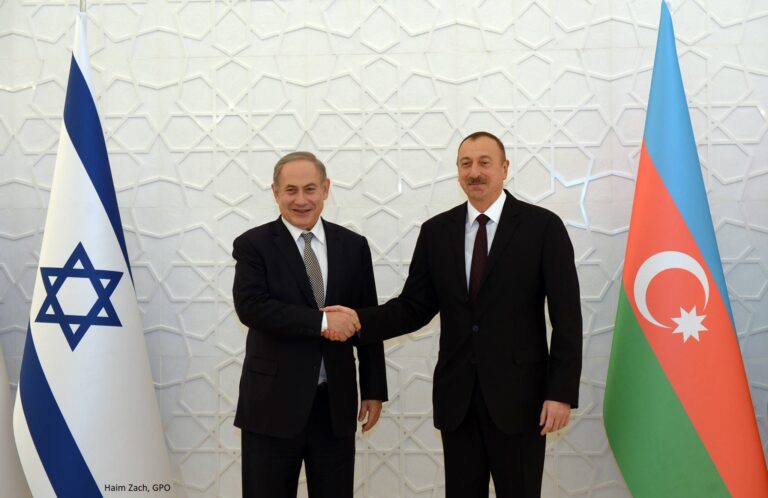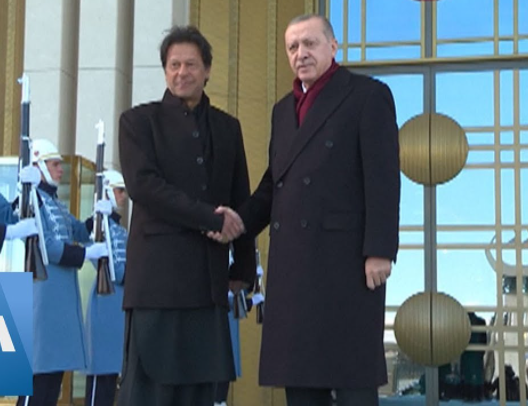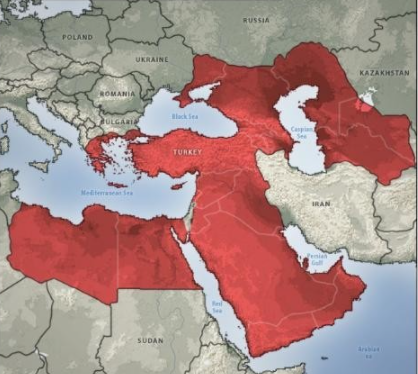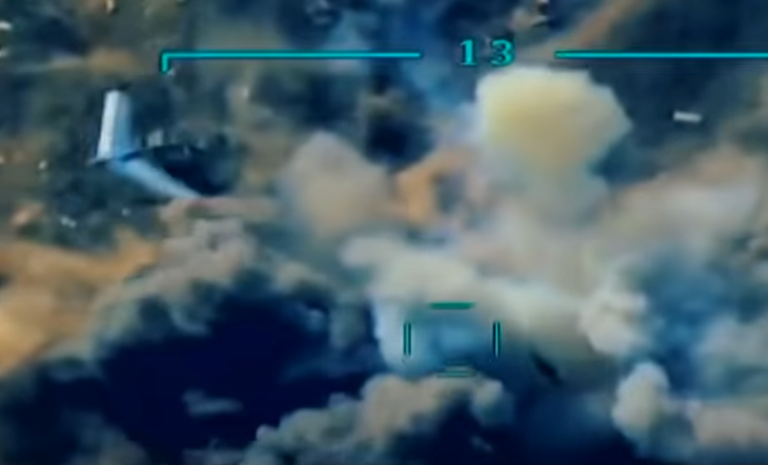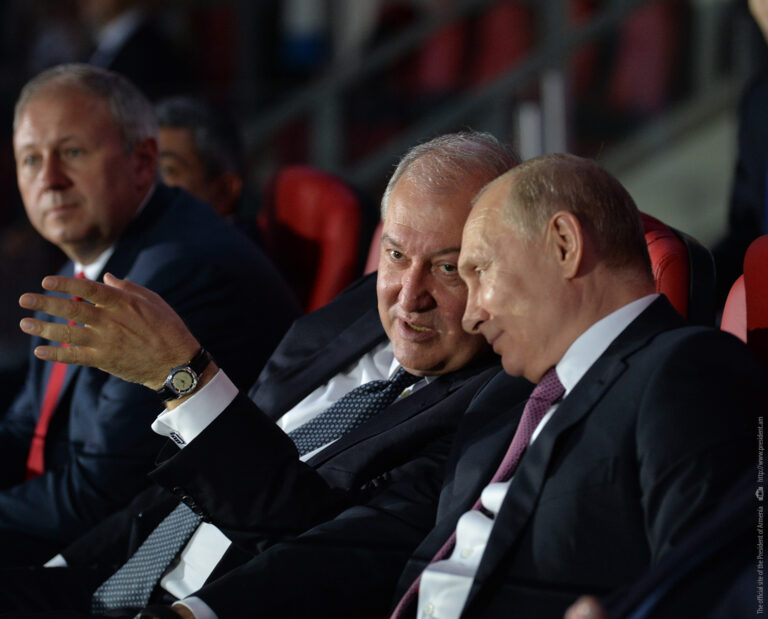
The military escalation that took place in Karabakh in November 2020, has fundamentally transformed the (geo)political configuration in the region. After the fall of 2020, the territory of unrecognized “Artsakh” – “Nagorno-Karabakh republic”, established in 1991 on the part of the territory of mostly populated by ethnic Armenians Nagorno-Karabakh Autonomous Republic of Azerbaijan, shrank almost four times. Azerbaijan has regained internationally recognized control of its lands and its refugees, who were forced out by the Armenians started to return there. Authorities of Armenia, historically a patron of the unrecognized enclave, are now actively preparing for a peaceful solution. However, this solution will be now probably written not in Yerevan.


